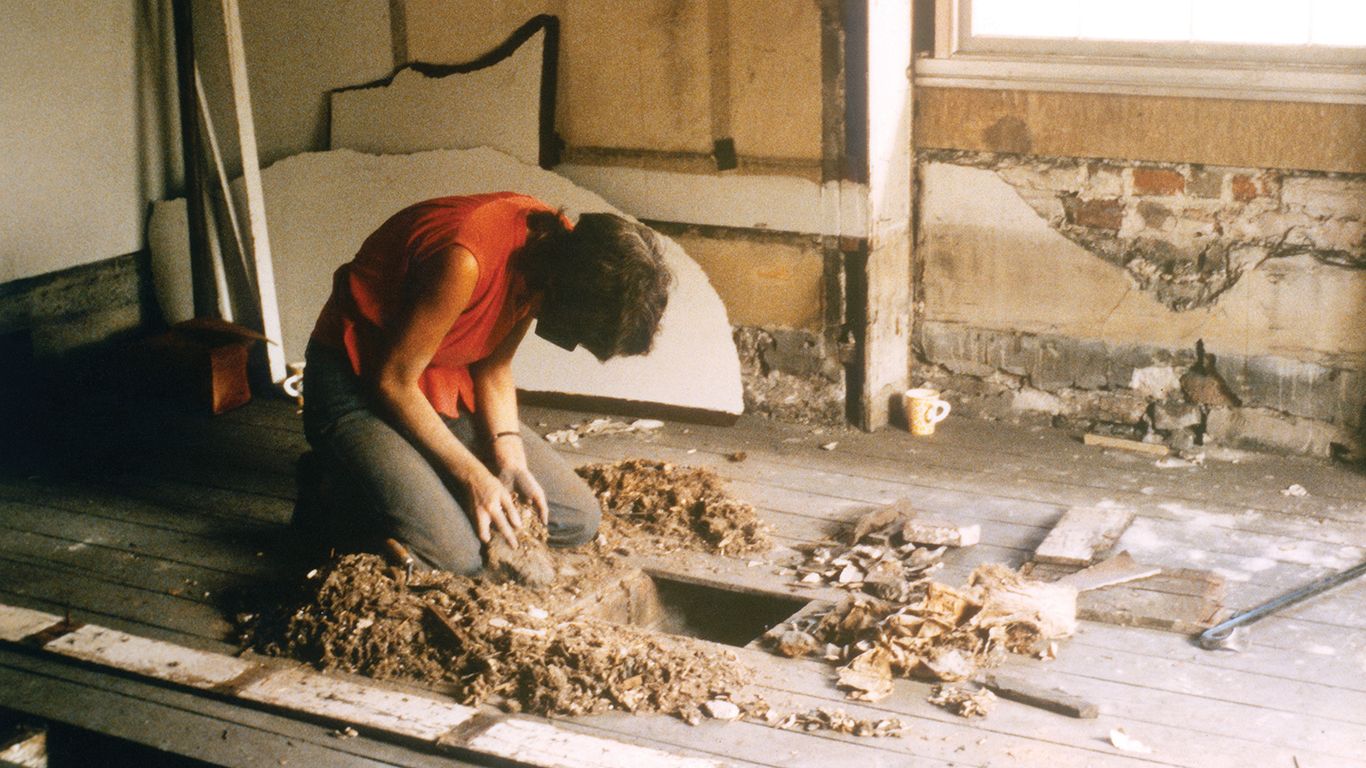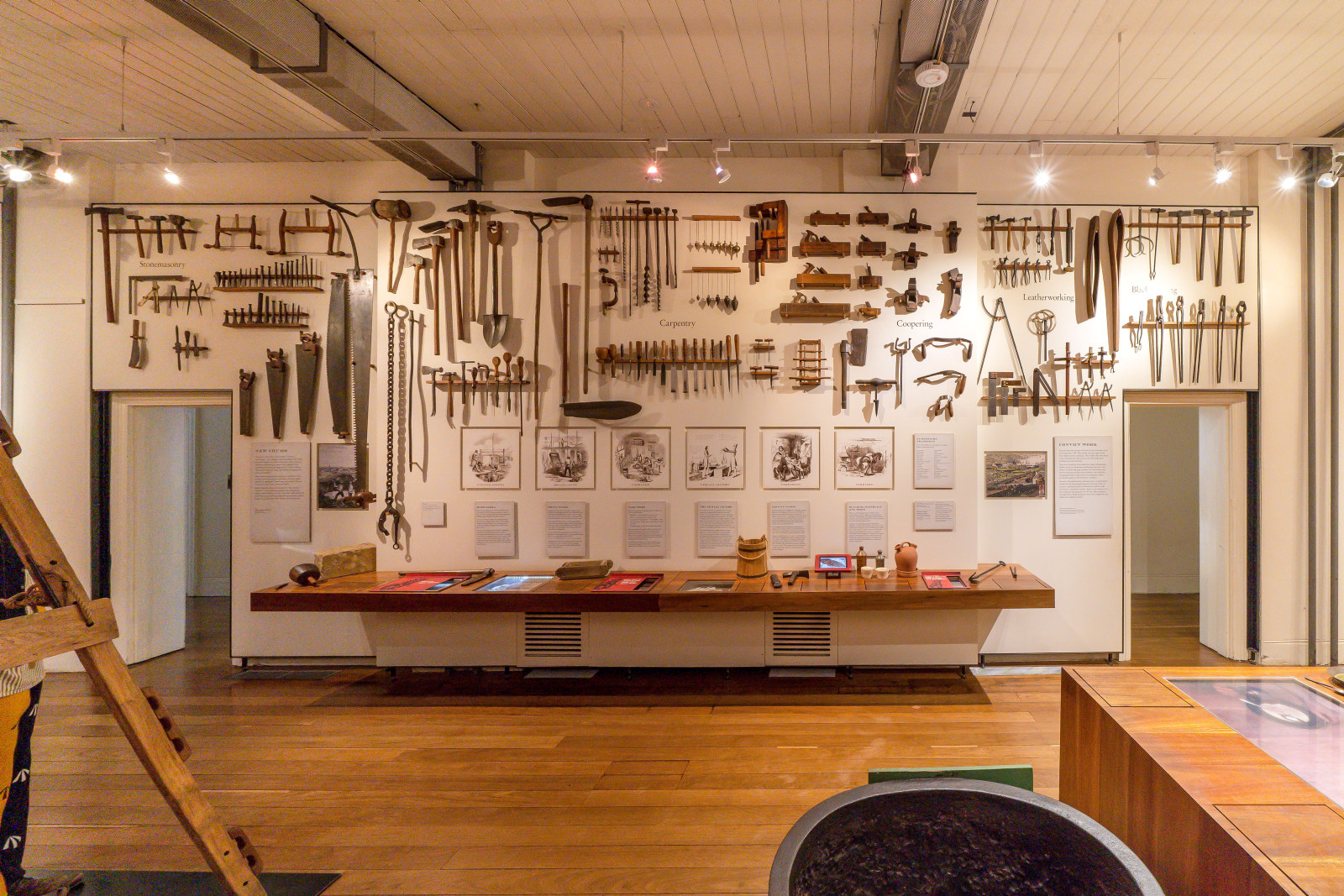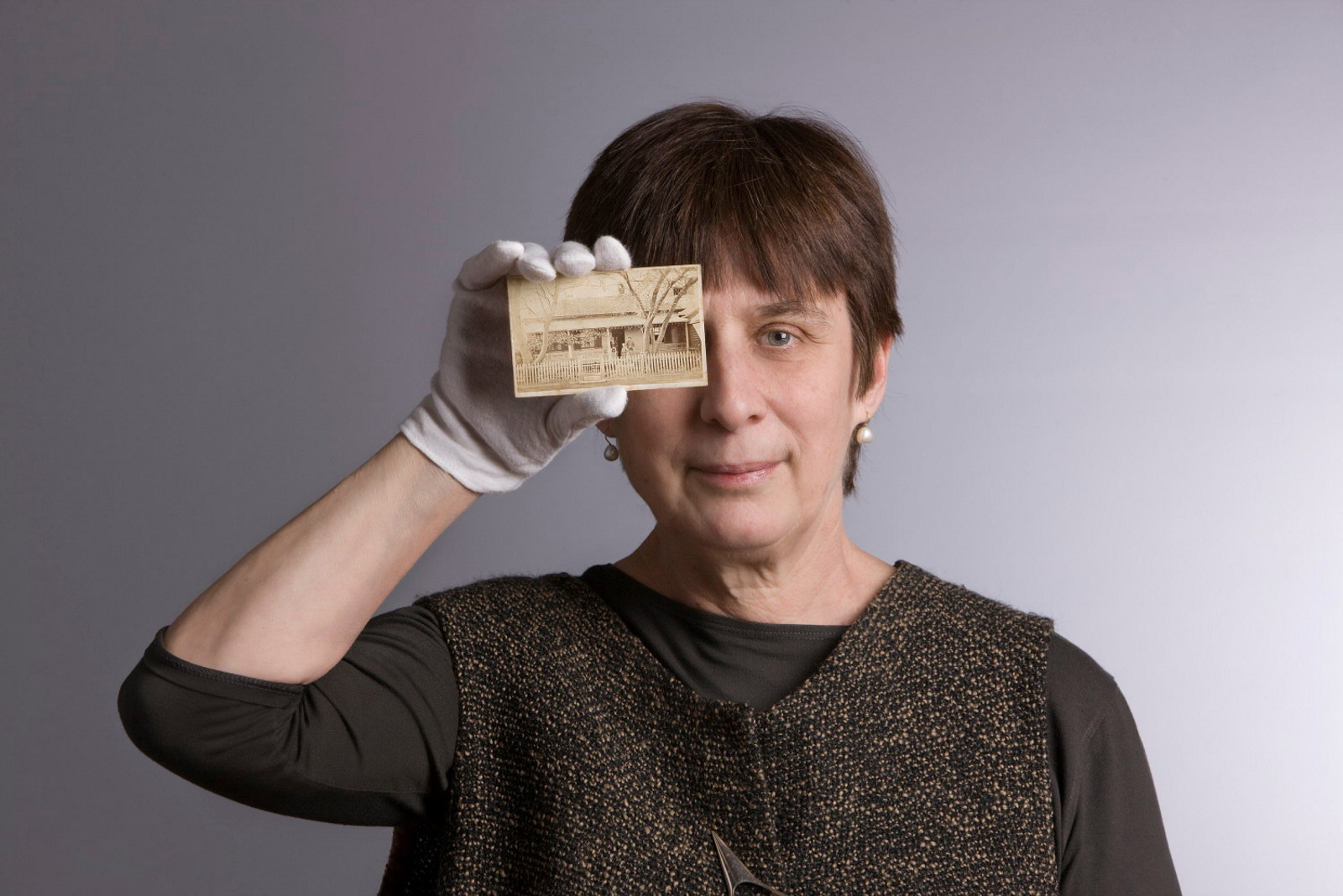A talented convict artist
Two portrait miniatures in our collection illustrate the opportunities available to a skilled convict artist for commissions from the upwardly mobile emancipist and settler population of colonial NSW.
When convict Edmund Edgar Bult arrived in Sydney in September 1826 on the Marquis of Huntley his services were immediately snapped up by leading colonial artist Augustus Earle. The artist had a new lithographic press and a publishing project that required a printmaker’s skills. Bult was an engraver and miniature painter who was ‘very clever in his profession’.1
Bult’s training meant that he was lucky in the lottery of convict assignment. He may also have had some personal charm. We know that he was a young man ‘of elegant appearance’, aged 22 or 23 when convicted of robbery at London’s Old Bailey in September 1825 and sentenced to death. Although he said his name was Edmund Edgar, witnesses came forward at his committal hearing to testify that his real surname was Bult and that his connections were respectable. Those connections successfully petitioned for a mitigation of his sentence to transportation for life.2
Following his work for Earle, Bult’s skills were sought by a succession of employers, including engraver and copperplate printer John Carmichael and schoolmaster John Gilcrist, for whom he taught drawing and perspective to the sons of civil and military officers and ‘to the rising generation of this colony’3– although this was interrupted in October 1828 by a three-month spell in an iron gang for being found ‘drunk & in a disorderly house at a late hour of night’.4 When Gilcrist died in August 1829 Bult was briefly employed as a drawing master and teacher of penmanship by another schoolmaster, Dr Wilks, before being transferred in May 1830 to Crown Solicitor William Henry Moore, remaining in Moore’s service until 1843. He worked as a clerk but found time to take on private portrait commissions, signing his pictures Edmund Edgar.
Portrait miniatures
The Caroline Simpson Collection at Sydney Living Museums includes a pair of Bult’s portrait miniatures, painted in Sydney in 1835. They are framed for hanging above a mantelpiece and the subjects identified on the backing papers as ‘Mrs Turner’ and ‘John Andrew Turner’. Mary Ann Turner, nee Chapman, was born in Sydney in 1804, the daughter of emancipated convicts. Her mother, Ann Marsh, transported on the Lady Juliana in 1790, was an enterprising woman who operated a licensed passage boat service between Sydney and Parramatta.
In 1821, Mary Ann married George Turner, a sergeant in the 48th Regiment of Foot, on garrison duty in NSW before being posted to India in 1824. Mary Ann and their young children travelled with the regiment, eventually returning to Sydney in 1827 when Turner volunteered for service in the NSW Veteran Company. Their youngest child, John, was born in Newcastle in 1829. He became a prosperous stock and station agent and auctioneer, first in Maitland and later in Sydney. Mary Ann died at his house in Maitland in 1856. John died in 1874. After his death his widow, Kate Turner, relocated to England with her nine children, taking Bult’s portrait miniatures with her.
A passport to paint
The miniatures came to light in 2002 at a London antiques fair, having stayed in family ownership until that time. The story of the artist, on the other hand, remains incomplete. In January 1843 Bult was given a ‘ticket of leave passport’ which allowed him ‘to follow his profession as an Artist in the districts of Windsor, Campbell Town and Parramatta for 6 months’. He was looking for portrait commissions in areas where the demographic was largely settled emancipists and their families. At the end of the six months he was recommended for a conditional pardon,5 and received notification in June 1844 that the recommendation had been approved. He was listed as an artist, under the name Edgar, in an 1847 Sydney trade directory, but there the trail runs cold, with just a few possible references in the press and a late mention in the memoir of Samuel Elyard, one of his former pupils at Gilcrist’s academy. Elyard remembered his teacher as a man of ‘kind disposition’ who ‘painted miniatures very nicely, and had he kept steadily to his profession, would perhaps have been an eminent artist’.6
Notes
1. Cambridge Chronicle, 23 September 1825, p2.
2. London Courier, 13 September 1825, p4; The National Archives: HO 17/39/113.
3. State Archives NSW: 4/1939 no 27/6883.
4. State Archives NSW: 4/1994 no 28/7906.
5. A pardon conditional that the convict does not return to England or Ireland.
6. Samuel Elyard, Scenery of the Shoalhaven, Nowra, 1892.
Published on
Read more
Browse all
Convict turned constable
A recently donated letter, signed by the governor of NSW in 1832, offers a tangible connection to the story of Samuel Horne, a convict who rose to the rank of district chief constable in the NSW Police

Cultivating a therapeutic landscape
Tracing the evolution of the Parramatta Female Factory to a hospital

Hyde Park Barracks: a keeper of lost things
Uncover and explore some of the items found inside the barracks

Convict Sydney
Objects
These convict-era objects and archaeological artefacts found at the Hyde Park Barracks and The Mint (Rum Hospital) are among the rarest and most personal artefacts to have survived from Australia’s early convict period
